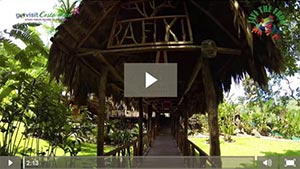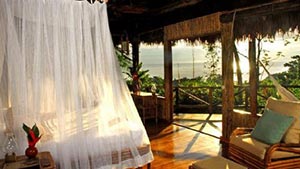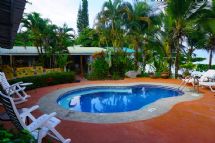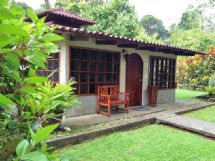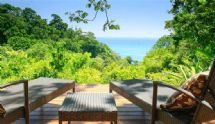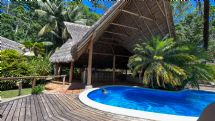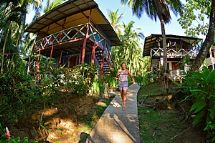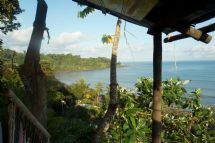Drake Bay Domestic Airport, South Puntarenas
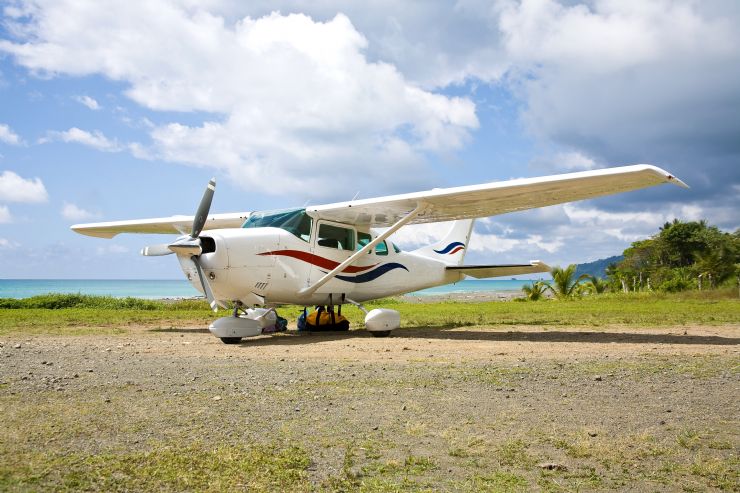
Airport in Drake Bay
Located in the secluded northern section of Costa Rica’s Osa Peninsula, Drake Bay is often called the gateway to Corcovado National Park. This park is known as the world’s most biologically intense area and is home to countless rare wildlife and plants. The Osa Peninsula is one of the country’s least visited places, and getting to Drake Bay isn’t easy to do. The easiest way to get to Drake Bay Domestic Airport is by taking a short 45-minute flight from the San Jose airport. Domestic airlines SANSA and Nature Air offer flights to Drake Bay from Juan Santamaria International Airport, the former offering two and the latter offering three flights per day. The Drake Bay Domestic Airport is two kilometers from most lodging places in the area, so you will need to catch public transportation from the airport to your hotel.
An important aspect of travel to Drake Bay to be aware of is that most local travel is done by boat. If you’re staying at an all-inclusive resort in the area, make sure to confirm your booking before landing to ensure your resort offers pick up from the airstrip.
Drake Bay
This bay was named for Sir Frances Drake, who discovered it during his world travels in the 16th century. Despite its recent increase in tourism, Drake Bay is still secluded and home to gorgeous vegetation and calm waves. Drake Bay is home to kilometers of well-hidden beaches, secret coves and breathtaking lagoons. There are countless opportunities for family-friendly activities like snorkeling, horseback riding, scuba diving, kayaking, bird watching, swimming, sports fishing, whale and dolphin watching, and hiking. You’ll be hard pressed to find a beach that feels as private as Drake Bay’s beaches do without paying through the nose.
Corcovado National Park
Though the Osa Peninsula as a whole is largely considered a wild and untamed region in Costa Rica, the Corcovado National Park is by far the most ecologically diverse area in the country. Of Costa Rica’s multiple national parks, Corcovado is one of the most remote and most beautiful. Not only is Corcovado home to a bounty of endangered plant and animal species, but it also contains the only tropical primary lowland rainforest in the world. Some of these species include the red-eyed tree frog, resplendent quetzals, scarlet macaws, and the tapir, the largest terrestrial mammal in Central and South America. Corcovado National Park also hosts thirteen major ecosystems such as jolillo palm groves, montane forests, lagoons, mangrove swamps, and freshwater herbaceous swamps. This massive park includes over 41,000 hectares and protects 140 different mammal species, 400 bird species, 116 reptile and amphibian species, 40 species of fish and at least 500 different species of trees. This park also has some of the best hiking in Costa Rica. Hiring a guide in Drake Bay will ensure you see all the best sights. Corcovado is easily accessed via Drake Bay Domestic Airport.
Map of the Area
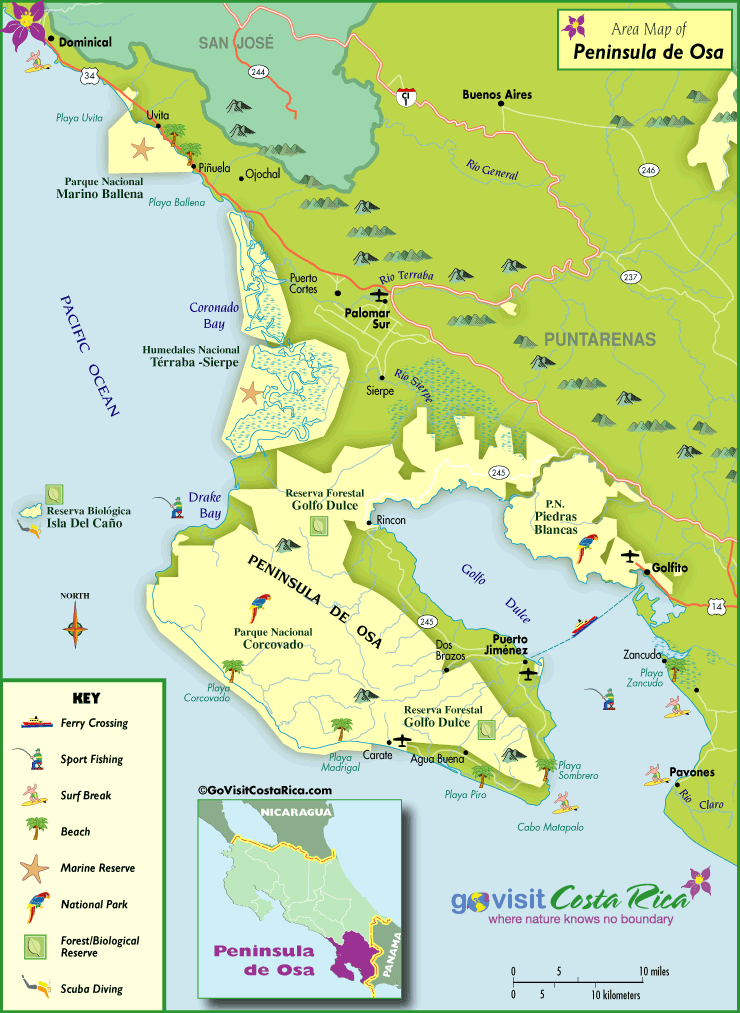
Caño Island
Roughly 20 kilometers into the Pacific Ocean, offshore from Drake Bay, Caño Island is a spectacular marine biological reserve. This 300-hectare island is of great geographical and archaeological importance, considering its status as an ancient burial ground dating pre-Columbus. As evidence of this island’s mysterious history, hand carved and perfectly rounded stone spheres dot its terrain. There isn’t much wildlife on the island outside of its pit-stop status for migratory birds. The real reason Caño Island has been included as places to visit near the Drake Bay Domestic Airport is because of its underwater adventures. This island’s waters are some of the bluest in Costa Rica, and the variety of marine flora and fauna that call the island home is staggering, not to mention the coral reefs. In other words, visiting this island would mostly be a waste of time without snorkeling or scuba gear.
12 Days / 11 Nights or 10 Days / 9 Nights
Starting at $2,352 per person
11 Days / 10 Nights
Starting at $3,874 per person






